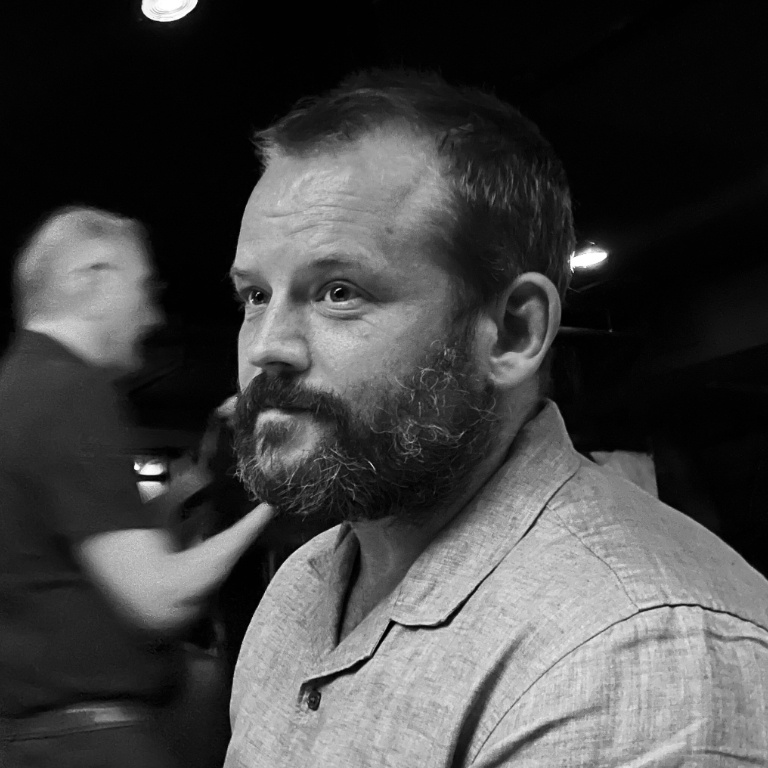- Postdoctoral Fellow, Washington University Medical School in St Louis, 2003-09
- Ph.D., University of Washington in Seattle, 2003

Orie Shafer
Professor, Biology
Linda and Jack Gill Chair of Biology
Director, GCDB Graduate Program

Professor, Biology
Linda and Jack Gill Chair of Biology
Director, GCDB Graduate Program
I began working on the Drosophila clock neuron network in 1999 as a graduate student working with Dr. James Truman, Dr. Michael Rosbash, and Dr. Jeff Hall. My first interests were centered on the operation of the molecular circadian clock within the neurons responsible for driving sleep/activity rhythms. I then became interested in the anatomical organization of the fly clock neuron network and made significant contributions to this area of study during my time as a post-doc working with Dr. Paul Taghert and in collaboration with Dr. Charlotte Helfrich-Förster, work that led to the recognition of new subclasses of clock neurons in the fly brain.
Upon learning of the development of genetically encoded sensors for neural activity and intracellular signaling, I began to shift my focus from the anatomical basis of circadian timekeeping to the physiological mechanisms underlying clock neuron network function, which became the focus of my own research program. As it became increasingly clear from beautiful work done on the mammalian clock center that circadian timekeeping was a network property of the brain, I became convinced that the ability to interrogate the network connections within the clock neuron network would be critical to our progress in understanding circadian timekeeping.
My lab therefore developed a method of network interrogation that has allowed us to address the nature of connectivity between clock neuron classes. This approach, coupled with the anatomical, genetic, and behavioral methods used in my lab, continues to provide unique insights into clock neuron network function and the circadian control of sleep that are highly relevant to our understanding of circadian timekeeping and sleep in the mammalian brain.
Sleep/wake cycles are controlled by two major regulatory mechanisms: a homeostat and a circadian clock. The sleep homeostat acts to promote rest after prolonged wakefulness and the circadian clock ensures that sleep occurs during the proper times of day.
The Shafer lab studies the neural basis of circadian timekeeping and sleep homeostasis in fly Drosophila melanogaster using genetic, behavioral, and imaging approaches. The circadian clock is precise but inaccurate, creating an endogenous rhythm whose period differs slightly from the 24h solar cycle. For this reason, the internal clock must be reset every day by environmental cues. Poor resetting of circadian clocks by modern light and social cues are a major cause of sleep deprivation and a range of negative health outcomes.
The Shafer lab is interested in how the brain's internal clock network integrates light and temperature cues for the proper daily resetting of sleep/wake rhythms.